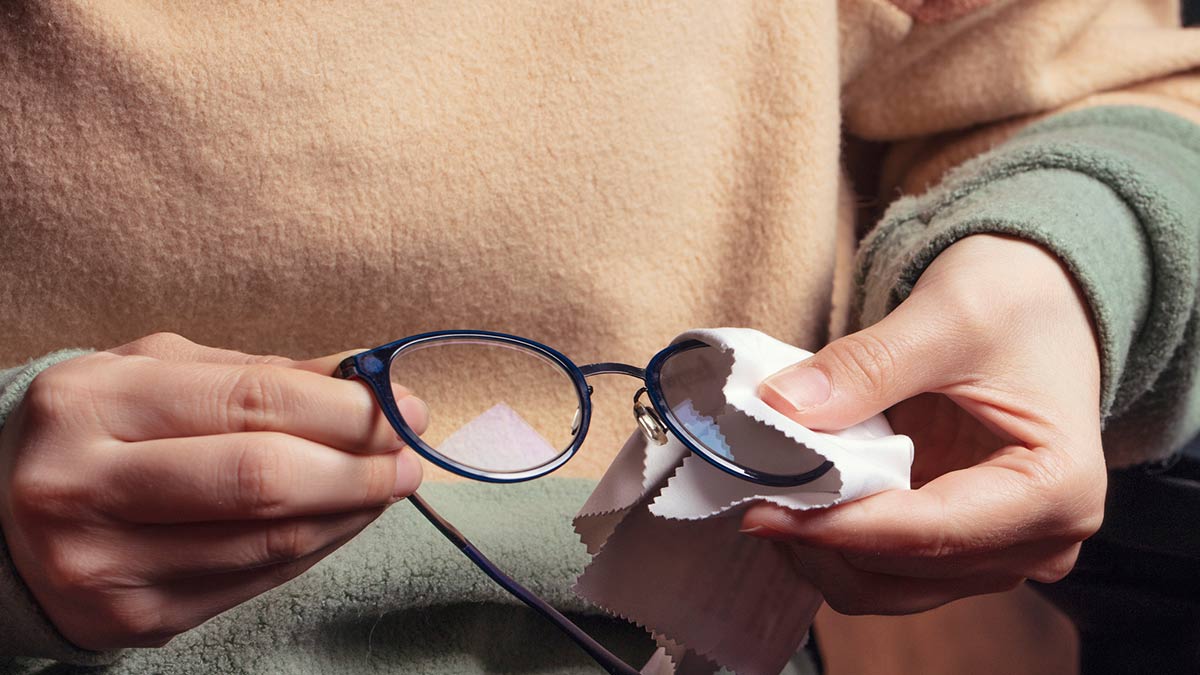What causes dry eyes in winter?

As the seasons change and the temperature begins to drop, our eyes often react to the new environment and, sometimes, it doesn’t feel so great. In winter, there’s less humidity in the air. Staying out of the weather doesn’t always help, since blasting heat at home or running the defroster in the car contributes to dryness in the air.
Dry eye can occur any time of year and it’s the result of having a poor tears in our eyes. Human tears are made up of three components: a watery component, a mucous component and an oily component. Most forms of dry eye are related to an insufficient amount of oily tears, also known as meibum. Some people have low production of the watery, or aqueous, part of the tears. Some people may have minimal levels of dry eye year round, which is really exacerbated in the winter months.
How do you treat dry eye?
A trip to the eye doctor may be able to differentiate the cause of dry eye, which can help in figuring out a treatment plan for you. Typical artificial tears replenish the watery part of the tears, which should make dry eye feel better for everyone. Preservative-free versions are available for people with sensitive eyes or those allergic to preservatives.
Using artificial tears with a lipid component can really help to replenish the oily meibum layer of the tears, which is the outermost, protective layer. These drops tend to be a little thicker than aqueous-based artificial tears, and can improve both comfort and stability of the tears.
Using a warm compress over your eyes or cleaning your eye lids with eyelid scrubs (you can buy them at the store or even use baby shampoo and a cotton swab) can help increase the lipid part of your tears by preventing your Meibomian glands from becoming clogged. Keeping eye liner away from the wet, inner rim of your eyelids (some make-up people call this the “water line”) is also important, because covering those glands prevents the oily part of your tears from getting into your eyes where they belong.
What if these treatments don’t help?
For persistent dry eye symptoms, medical treatment can help. Prescription eye drops are available to help increase tear production for certain kinds of dry eye, and treatments are available to help clear the Meibomian glands so you can improve your natural production of the oily part of you tears.. Your eye doctor can help to determine which kind of plan will work best for your dry eye situation.
Jennifer Fogt is a clinical associate professor in The Ohio State University College of Optometry.




